Honestly, and I'm speaking from experience of trying to attain and maintain 100% code coverage for a medium sized project with an average sized team where the code followed SOLID principles reasonably well, you should forget trying to achieve 100% code coverage.
Best practices suggest that, for good reason, a system with 70% coverage is pretty good, 80% very good, 90% exceptional. It sounds like you're in the high nineties, so you be proud, and not overly worry about that final piece which, by the sounds of it, isn't even testing your code base per se. Or to put it another way, would you rather hit that 100% holy grail or spend the time refactoring code to make future maintenance easier ?
When I tried maintaining 100% coverage I was new to C# and ended up writing unit tests to test the .Net framework's getters and setters - I thought I was really clever hitting 100% (for all of one week until someone in the team added a few lines of ultra-somple code) and then someone politely pointed out the stupidity of some of my tests - what a fool I felt.
I realise that my "answer" does not actually answer your question, and I started off this response as a comment, not an answer, but as I was writing I realised that my comments were so relevant that even without directly answering the question a mere comment was an insufficient explanation. I truly admire any attempt at 100% coverage, but don't get hung up on achieving it - "done is better than perfect".
Good luck nevertheless !

